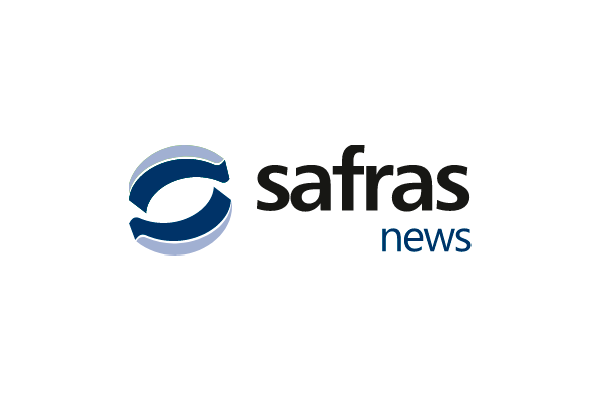Porto Alegre, September 2, 2024 – For the second week in a row, the exchange rate in Brazil continues to be the major variable for domestic prices. After trying to settle down in mid-August, the real once again tested levels above BRL 5.60/dollar, reflecting the institutional and public finance framework in Brazil, despite the more optimistic bias abroad. Producers are exercising their power of retention and agreeing to negotiate only at prices that improve their results. Soybeans are clearly showing signs of an early domestic off-season, with more restricted supplies. This symptom offers corn a supply condition arising from any improvement in prices. And that is what happened in the last two weeks. The exchange rate once again added a condition for better prices for trading companies and large corn volumes were exported for September through November.
The exchange rate in Brazil has been the major variable for the corn market in the second half of the year. At some point, it was expected that the erratic economic policy would have an impact on the financial market’s view of assets. The exchange rate started to break the BRL 5.00/dollar barrier, and now the dollar persists in a technical range between BRL 5.30 and 5.75. Naturally, this boosts the competitiveness of trading companies in exports. Associated with this, it seems that trading companies had also not bought a sufficient volume from producers to meet their export commitments for July, August and September, a factor that is contributing to increasing the premiums for Brazilian corn. Therefore, a weaker real, higher premiums, and difficulties in domestic origination contribute to prices at ports that are slightly higher than normal export parity and also help prices in the interior. Last week continued to be facilitated by these indicators, besides the logistic commitments of trading companies until January. A large volume of business occurred between Goiás, Mato Grosso, and Matopiba, locations that have more availability to meet export demands in large volumes.
Safras Latam

